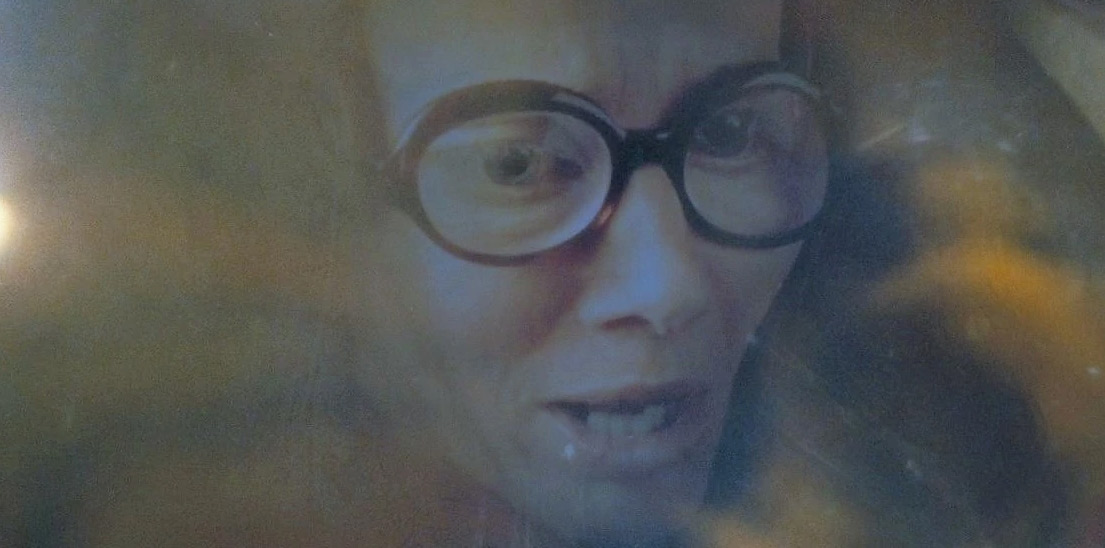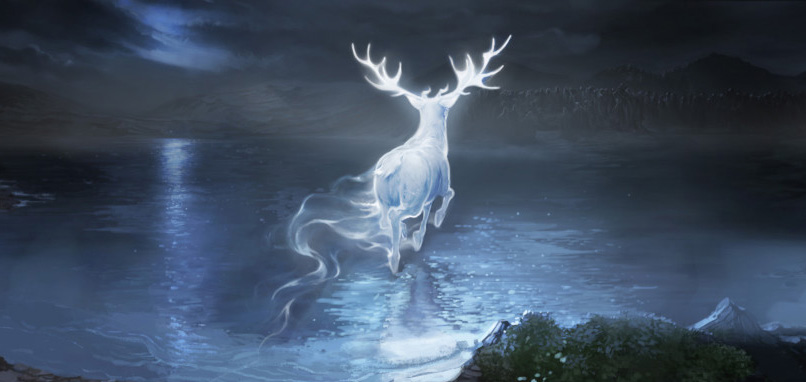Harry Potter and the Prisoner of Azkaban is where everything changes. Among those who undergo metamorphosis in this third instalment: Harry, Hermione, Scabbers, Lupin, Sirius, Snape, McGonagall and Trelawney. Even the Marauder’s Map transforms from old bit of parchment to Hogwarts’ track-and-trace. Change flocks to Hogwarts until a flurry of revelations turns the story on its head: the murderer is innocent, perception is illusion.
At the beginning of Azkaban, Harry is an ordinary-ish suburban schoolboy on his summer holidays. A student of sorcery, so far his most magical moments have been gifts: his mother’s protection, Dumbledore’s phoenix, Gryffindor’s sword. Even flying comes naturally, as if part of his inheritance. Harry’s most remarkable quality is bravery, not wandwork.
Harry has a new companion in this book: anger. When aunt Marge verbally attacks his late parents, Harry instinctively inflates her and goes on the run. Harry’s rage and depression are among several tonal shifts, and ‘Prisoner…’ is a darker, more nuanced story than its forebears.
CHANGE, CHANGE, CHANGE
Professor R. J. Lupin’s first and most iconic lesson establishes the theme of change. Boggarts are shape-shifters. They take the form of whatever you most fear. Sirius Black has a similar impact. Black is a murderer, a Muggle-killer, a madman, a genius escapologist, a knife-wielding art critic, invisible… and none of the above. To Cornelius Fudge, Black represents the pure terror of political embarrassment. To Harry, a lunatic trying to kill him is old news, but the idea of betrayal by a friend blinds and consumes him.
Professor McGonagall’s first class of the year covers the topic of Animagi: wizards and witches who can change into animals. She reveals herself as a sometime tabby cat, which is news to the students if not to readers: “That’s the first time my transformation’s not got applause from a class.” Professor Snape gives a DADA lesson. The topic is werewolves, people who change into large canines. In Divination, Professor Trelawney befuddles Harry with an ominous superstition about a red herring black dog – the Grim! – that heralds death. Harry decides she is an old fraud. Then Sybill transforms into a genuine Seer and predicts the climax of Goblet of Fire, the next book in the series:
“The Dark Lord will rise again with his servant’s aid, greater and more terrible than ever he was.”
Harry overlooks Hermione’s large ginger tom Crookshanks, who is later revealed to be a cat of exceptional intelligence (part-Kneazle, according to the author) and the “friend” who helps Sirius access Gryffindor Tower. Despite his shrieking Sneakoscope, Harry disregards kitty’s obsession with Ron’s increasingly ragged pet rat. The thirteen-year-olds do not anticipate Scabbers’ transformation into an Animagus called Peter Pettigrew; the removal of Wormtail’s pitiful disguise comes as a considerable shock.

Harry Potter and the Prisoner of Azkaban (Warner Bros., 2004)
Former spy for Lord Voldemort, former friend to Harry’s parents, murderer of twelve Muggles, Scabbers has been right there in Ron’s pocket since before the Trio set foot at Hogwarts. He was in the train carriage when Harry first met Ron, Hermione and Neville. The Wormtail reveal is the first of many plot twists that change (and encourage) the re-reading of the early books. A layer of innocence is stripped away.
MOONY, PADFOOT, SNIVELLUS AND PRONGS
The large black dog that Harry sees as he leaves Dursleyland, and several times around Hogwarts, is not the death-dealing Grim. In the Shrieking Shack the dog transforms into Sirius Black. Then, dissuaded from murder, the escaped convict again transforms: into Harry’s godfather, his guardian, his friend. Good doggy.
Professor Lupin is revealed as a werewolf and briefly, falsely, as an evil accomplice of the murderer Black. His reputation as kindly teacher swiftly restored, Lupin turns into a massive wolf and tries to kill everybody. Harry does not hold this against him. Like his father, Harry believes in Remus Lupin. James Potter became an unregistered Animagus to temper his friend’s furry little problem. Note the clue in Book One when Ollivander recalls James’ wand, “excellent for transfiguration”.
Snape, however, meets rough justice. In the presence of Sirius Black, the unfortunate Potions Master turns stupid with hate, giving us a first glimpse of his inner turmoil. Frustrated in his revenge by the duplicitous Dumbledore, Snape nevertheless defies forgiveness. Harry does not like the greasy-haired dungeon-dweller, and like plays a big part here in Harry’s willingness to make peace. Harry does like Lupin, which helps him to truly see, and to like, and to forgive, his errant godfather Sirius Black. But when Sirius escapes, Severus Snape transforms into a monomaniac, more disturbing even than the werewolf. For one night only Severus reveals the tempest that roils beneath: Snape howled, pointing at Harry and Hermione. His face was twisted; spit was flying from his mouth.
A GREAT WIZARD
Hermione Granger’s choices show who she is far more than her abilities. But the gift of the Time Turner delays the need to choose, so she studies all 12 subjects available. As the year unwinds Hermione runs herself ragged until making a choice becomes unavoidable. Miss Granger leaves Divination in dramatic fashion. And again, this signals a change. Not a serious discussion with Professor McGonagall about school subjects, but boom, mic drop, girl is outta there. Hermione has drawn a line in the sand. On the same day, she belts Draco Malfoy around the face. She later joins Harry and Ron in attacking a teacher, the misguided Snape, when he proves inflexible. Like Sirius, Hermione is changed in this story, and there is no turning back. In the end she gives up the Time Turner and chooses life: a few months later she is dating the world’s best Seeker.
The finale of Prisoner of Azkaban is more complex than its predecessors. The series itself has changed and grown up a smidge. There is no confrontation with the solid evil that is Voldemort. And Harry is no longer the executioner but the judge, a more particular exploration of character than the children’s adventures of yore. Harry dispenses justice: he exonerates Sirius and Remus and condemns Wormtail to the Dementors’ kiss. But the villain escapes! Sirius, Harry and Hermione are instead slated to lose their souls, except for a timely intervention.
In the magnificent chapter “Hermione’s Secret”, Miss Granger brings home an arc begun in Book One: she proves herself to be more than “Books! And cleverness!”. For this three-hour rerun Hermione is not the hero’s companion, but the guide. The Muggleborn girl bears Harry into the adventure. She leads him, protects and educates him, until finally he leaves her to stand in his father’s place and become a man.
Only a really powerful sorcerer could cast the Patronus Charm that chases away the Dementor army. This sorcerer is Harry Potter, bending time and completing an arc also begun in Book One. Ordinary-ish suburban schoolboy no longer, Harry has realized his potential. His wandwork saves the day. As Hagrid predicted, as Hermione insisted, Harry Potter is a great wizard. He has transformed.

